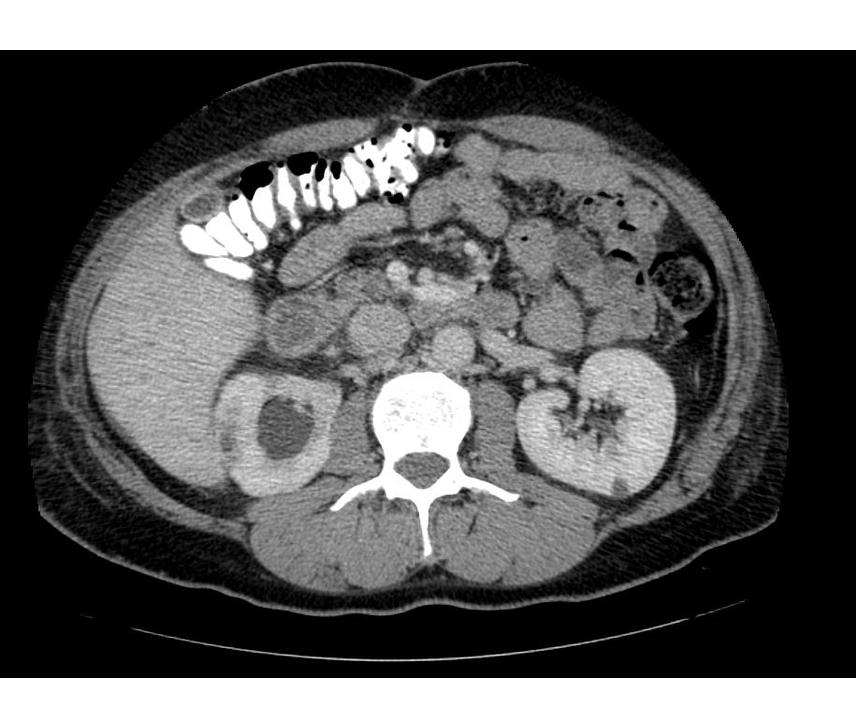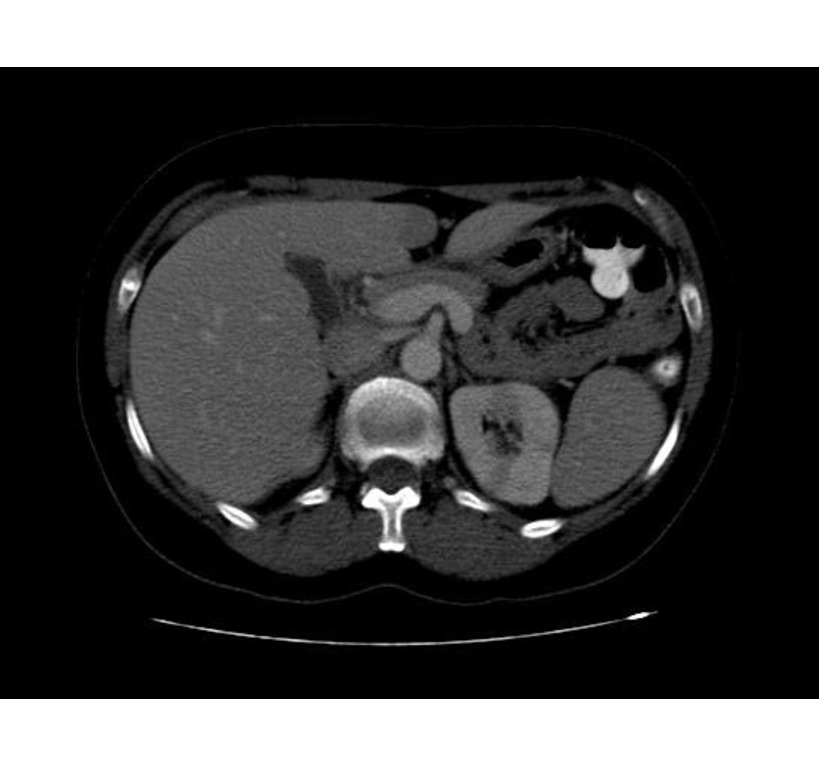Understanding The Many Faces Of CT: Your Guide To The "CT Brother" Concepts
Have you ever noticed how the letters "CT" pop up in so many different places, yet mean totally different things? It's kind of fascinating, really, how one simple abbreviation can have such a varied family of meanings across various fields. Whether you're talking about health, engineering, or even computer programming, "CT" often shows its face, each time with a fresh purpose. So, you know, it's like these "CT brother" terms are all related by their name, but they each have their own unique story to tell.
This little pair of letters, "CT," can actually represent a whole bunch of important concepts. For instance, in a medical setting, it brings to mind detailed images of our insides, helping doctors figure things out. But then, you might also hear "CT" mentioned when discussing the safety features of a motor, or perhaps how cables are neatly organized in a building. It's truly quite a versatile abbreviation, isn't it?
Today, we're going to take a closer look at these different "CT brother" concepts. We'll explore what each one means, why it matters, and how it helps us in our daily lives or in specialized fields. It's a bit like meeting different members of a large family, each with their own job and personality, yet all sharing that familiar "CT" name. So, basically, let's get into it and unravel the mysteries behind this common, yet diverse, abbreviation.
Table of Contents
- CT in Medical Imaging: Seeing Inside the Body
- CT in Industrial Safety: Anti-Explosion Motors
- CT in Electrical Infrastructure: Cable Trays
- CT in Scientific Experiments: qPCR Ct Values
- CT in Software Development and Data Management
- Posixct in Data Analysis
- Frequently Asked Questions About CT
- Bringing It All Together
CT in Medical Imaging: Seeing Inside the Body
When most people hear "CT," their thoughts probably go straight to medical scans, and for good reason. A CT scan, which is short for Computed Tomography, is a pretty amazing way to get detailed pictures of what's happening inside a person's body. It uses X-rays, you see, to create cross-sectional images, which are like slices of the body. This is very different from an MRI, which uses strong magnetic fields instead.
CT vs. MRI: A Clear Picture
So, too it's almost, people often wonder about the difference between a CT scan and an MRI. Well, a CT scan gets its images by shining X-rays through the body, while an MRI uses a powerful magnetic field and radio waves. They are, in fact, two completely distinct ways to look inside. Neither one is simply "better" than the other; their usefulness really depends on what a doctor needs to see, where it is in the body, and what the patient's specific health situation is like. It's truly a matter of picking the right tool for the job, you know?
Enhanced CT for Better Views
Sometimes, for a CT scan or even an MRI, doctors might suggest using something called a contrast agent. This is a special dye that's put into the body, and it really helps to make the pictures much clearer. Even though both enhanced CT and enhanced MRI use this contrast material to improve the image quality, the underlying technology and what they're best for are quite different. As a matter of fact, the decision to use one over the other, or whether to enhance the scan, truly rests on the specific health concern being investigated and the patient's individual needs.
CT in Heart Health
For doctors who focus on the heart, CT scans hold a very important place. They are, in some respects, incredibly valuable for looking at the coronary arteries, which are the blood vessels that supply the heart. This makes CT a key tool for checking for things like coronary artery disease, where plaque can build up in those vessels. Before a heart CT, typically, a special dye is put into the blood vessels. This dye helps the vessels show up much more clearly on the images, giving doctors a really good view of what's going on.
Understanding Image Coordinates
When we look at these medical images, which are usually like flat, two-dimensional slices, there's a standard way to understand where everything is. It's like having a map with directions. The DICOM 3.0 standard, for instance, sets up a coordinate system that's based on the patient's body. So, the patient's middle is the starting point, their left hand points to the positive X-axis, their back points to the positive Y-axis, and their head points to the positive Z-axis. This system helps everyone, you know, consistently understand the location of things in the scans.
CT in Industrial Safety: Anti-Explosion Motors
Moving away from health, the letters "CT" also show up in the world of industrial equipment, especially with something called anti-explosion motors. You might hear about a CT4 anti-explosion motor, for example, which is different from a BT4 motor. The main thing to know is that a CT4 motor has a higher level of protection against explosions compared to a BT4 motor. This is because the CT4's safety rating, labeled as ExdIICT4, is designed for more challenging gas environments. BT4 motors, on the other hand, are suitable for common gases like methane or ethane. So, basically, CT4 offers a bit more robust safety in certain industrial settings.
CT in Electrical Infrastructure: Cable Trays
In building design and electrical work, "CT" stands for something entirely different: a cable tray. This is, you see, an open metal structure that's used to support and guide electrical cables. It's a really neat way to keep cables organized and make them easy to access for installation or maintenance. For instance, if you see "CT 400X200" on a plan, that's describing a cable tray that's 400 millimeters wide and 200 millimeters high. These trays are very often used for running cables along ceilings or under roof panels, providing a tidy and practical path for wiring.
CT on Electrical Diagrams
When you're looking at electrical blueprints, "CT" has a couple of meanings. On a floor plan, it pretty much always means "cable tray敷设" or cable tray laying. This is a very common method for neatly securing and managing cables on a tray. But then, on a wiring diagram, "CT" often represents a current transformer, which is a device that measures electrical current. So, you know, it's important to know the context when you see "CT" on a drawing. Other common abbreviations you might spot include "CE" for cables along the ceiling, "WE" for cables openly on a wall, and "CC" for cables hidden inside a ceiling. It’s almost like a secret language for electricians, really.
CT in Scientific Experiments: qPCR Ct Values
In the world of science, particularly in a type of experiment called qPCR (quantitative Polymerase Chain Reaction), "Ct" takes on yet another meaning. Here, "Ct" stands for "Cycle threshold." If you're doing a qPCR experiment and the "Ct" values for your three biological samples are very different, but the "Ct" values for your technical repeats are quite similar, that usually points to an issue with how the biological samples were prepared or handled. It suggests that the problem isn't with the actual qPCR reaction itself, but rather with the quality of the samples you started with. So, you see, sample quality can really affect your results.
CT in Software Development and Data Management
The "CT brother" family even extends into the digital realm, particularly in how we manage code and data. It's a bit surprising how often these two letters appear with new meanings.
CT as a Version Control Alias
In some software development environments, like when using a system called ClearCase, "ct" can be used as a handy shortcut or alias for the command "cleartool." So, instead of typing out the full command every time, you can just use "ct." This is really useful for making your work a little quicker. For example, if you want to change a directory, you might use "ct co ." which basically means "check out this directory." It saves a bit of typing, you know, and makes things a little more efficient.
CT Tables in Data Capture
In databases, especially when dealing with something called Change Data Capture (CDC), you might come across "ct tables." These tables are specifically designed to store information about changes made to other tables. It's a way to keep a record of what's been updated. Interestingly, even if a main table is being filled with data, sometimes the corresponding "ct table" might not show any activity. This can be puzzling, especially if other tables in the same database are having their changes successfully captured and stored in their own "ct tables." It's almost like a silent record keeper, you see.
CTE for Complex Queries
In database languages like SQL, you'll often hear about a "CTE," which stands for Common Table Expression. A CTE is a temporary, named result set that you can reference within a single SQL statement. It's really helpful for breaking down very complex queries into smaller, more manageable parts. For instance, if you have a really involved calculation you want to perform and then insert the results into a permanent table, a CTE can make that process much clearer and easier to follow. It's a bit like creating a temporary workspace for your data, which is quite handy, actually.
Posixct in Data Analysis
For those who work with data, especially in programming languages like R, "CT" also appears as part of "Posixct." This is a way that R handles dates and times. You see, there are a couple of internal ways R stores date and time information. "Posixct" stores dates and times as the number of seconds that have passed since a specific starting point, which is often called the Unix epoch. Another way, "Posixlt," stores dates and times as a list of components like day, month, year, hour, and minute. So, you know, these functions do different things, but "Posixct" is one of the key ways to manage time data in R, which is pretty useful for analysis.
Frequently Asked Questions About CT
People often have questions about the various meanings of

Pyelonephritis CT scan - wikidoc

Pyelonephritis CT scan - wikidoc

Stomach cancer CT - wikidoc